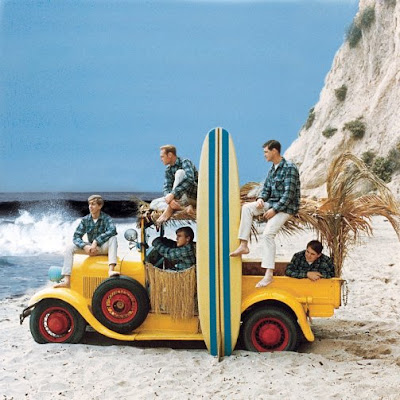[ed. Fascinating glimpse into the life of an acclaimed writer, and the process of writing a great novel.]

I'm going to begin by addressing four unpleasant questions that novelists often get asked. These questions are apparently the price we have to pay for the pleasure of appearing in public. They're maddening not just because we hear them so often but also because, with one exception, they're difficult to answer and, therefore, very much worth asking.
The first of these perennial questions is:
Who are your influences?
Sometimes the person asking this question merely wants some book recommendations, but all too often the question seems to be intended seriously. And part of what annoys me about it is that it's always asked in the present tense: who are my influences? The fact is, at this point in my life, I'm mostly influenced by my own past writing. If I were still labouring in the shadow of, say, EM Forster, I would certainly be at pains to pretend that I wasn't. According to
Harold Bloom, whose clever theory of literary influence helped him make a career of distinguishing "weak" writers from "strong" writers, I wouldn't even be conscious of the degree to which I was still labouring in EM Forster's shadow. Only Harold Bloom would be fully conscious of that.
Direct influence makes sense only with very young writers, who, in the course of figuring out how to write, first try copying the styles and attitudes and methods of their favourite authors. I personally was very influenced, at the age of 21, by
CS Lewis,
Isaac Asimov,
Louise Fitzhugh,
Herbert Marcuse,
PG Wodehouse,
Karl Kraus, my then-fianceé, and
The Dialectic of Enlightenment by Max Horkheimer and Theodor Adorno. For a while, in my early 20s, I put a lot of effort into copying the sentence rhythms and comic dialogue of Don DeLillo; I was also very taken with the strenuously vivid and all-knowing prose of Robert Coover and Thomas Pynchon. But to me these various "influences" seem not much more meaningful than the fact that, when I was 15, my favourite music group was the Moody Blues. A writer has to begin somewhere, but where exactly he or she begins is almost random.
It would be somewhat more meaningful to say that I was influenced by Franz Kafka. By this I mean that it was Kafka's novel
The Trial, as taught by the best literature professor I ever had, that opened my eyes to the greatness of what literature can do, and made me want to try to create some myself. Kafka's brilliantly ambiguous rendering of Josef K, who is at once a sympathetic and unjustly persecuted Everyman and a self-pitying and guilt-denying criminal, was my portal to the possibilities of
fiction as a vehicle of self-investigation: as a method of engagement with the difficulties and paradoxes of my own life. Kafka teaches us how to love ourselves even as we're being merciless toward ourselves; how to remain humane in the face of the most awful truths about ourselves. The stories that recognise people as they really are – the books whose characters are at once sympathetic subjects and dubious objects – are the ones capable of reaching across cultures and generations. This is why we still read Kafka.
The bigger problem with the question about influences, however, is that it seems to presuppose that young writers are lumps of soft clay on which certain great writers, dead or living, have indelibly left their mark. And what maddens the writer trying to answer the question honestly is that almost everything a writer has ever read leaves some kind of mark. To list every writer I've learned something from would take me hours, and it still wouldn't account for why some books matter to me so much more than other books: why, even now, when I'm working, I often think about
The Brothers Karamazov and T
he Man Who Loved Children and never about
Ulysses or
To the Lighthouse. How did it happen that I did not learn anything from Joyce or Woolf, even though they're both obviously "strong" writers?
The common understanding of influence, whether Harold Bloomian or more conventional, is far too linear and one-directional. When I write, I don't feel like a craftsman influenced by earlier craftsmen who were themselves influenced by earlier craftsmen. I feel like a member of a single, large virtual community in which I have dynamic relationships with other members of the community, most of whom are no longer living. By means of what I write and how I write, I fight for my friends and I fight against my enemies. I want more readers to appreciate the glory of the 19th-century Russians; I'm indifferent to whether readers love James Joyce; and my work represents an active campaign against the values I dislike: sentimentality, weak narrative, overly lyrical prose, solipsism, self-indulgence, misogyny and other parochialisms, sterile game-playing, overt didacticism, moral simplicity, unnecessary difficulty, informational fetishes, and so on. Indeed, much of what might be called actual "influence" is negative: I don't want to be like this writer or that writer. (...)
The second perennial question is:
What time of day do you work, and what do you write on?
by Jonathan Franzen, The Guardian |
Read more: 














